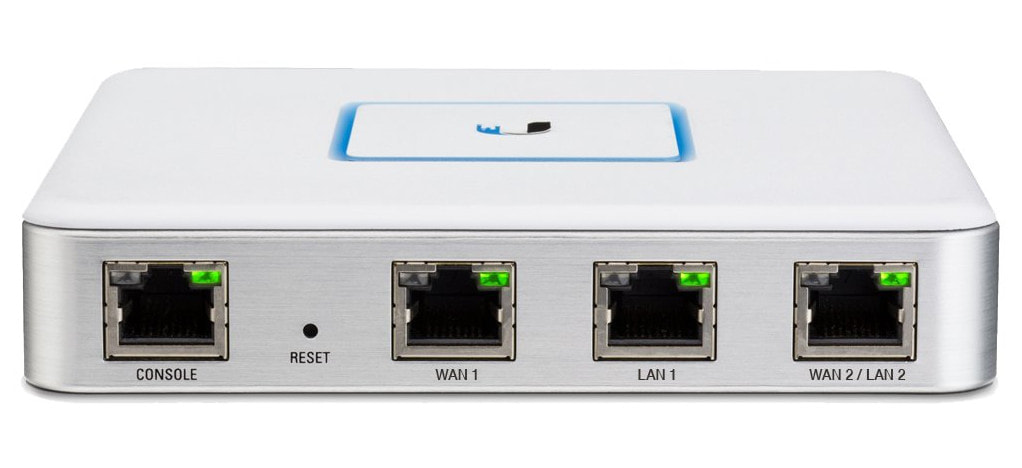


If all you have are UniFi WAPs, the only thing populated on the controller "dashboard" view will be the "WLAN" part.Įven a single UniFi WAP operating by itself brings you a complex array of configuration options, and almost all of the configuration options and functionality we’re going to talk through is applicable whether you’re using a single UniFi device or a grid of devices. Ubiquiti is making a strong play in the software-defined networking space, and they have products that fit into a whole multitude of different roles: from multisite WAN devices to physical LAN switches, routers, WLAN components, and even VOIP devices. When you log in to the UniFi controller, you see a screen showing a bunch of different Ubiquiti device categories you can control with the portal.


 0 kommentar(er)
0 kommentar(er)
